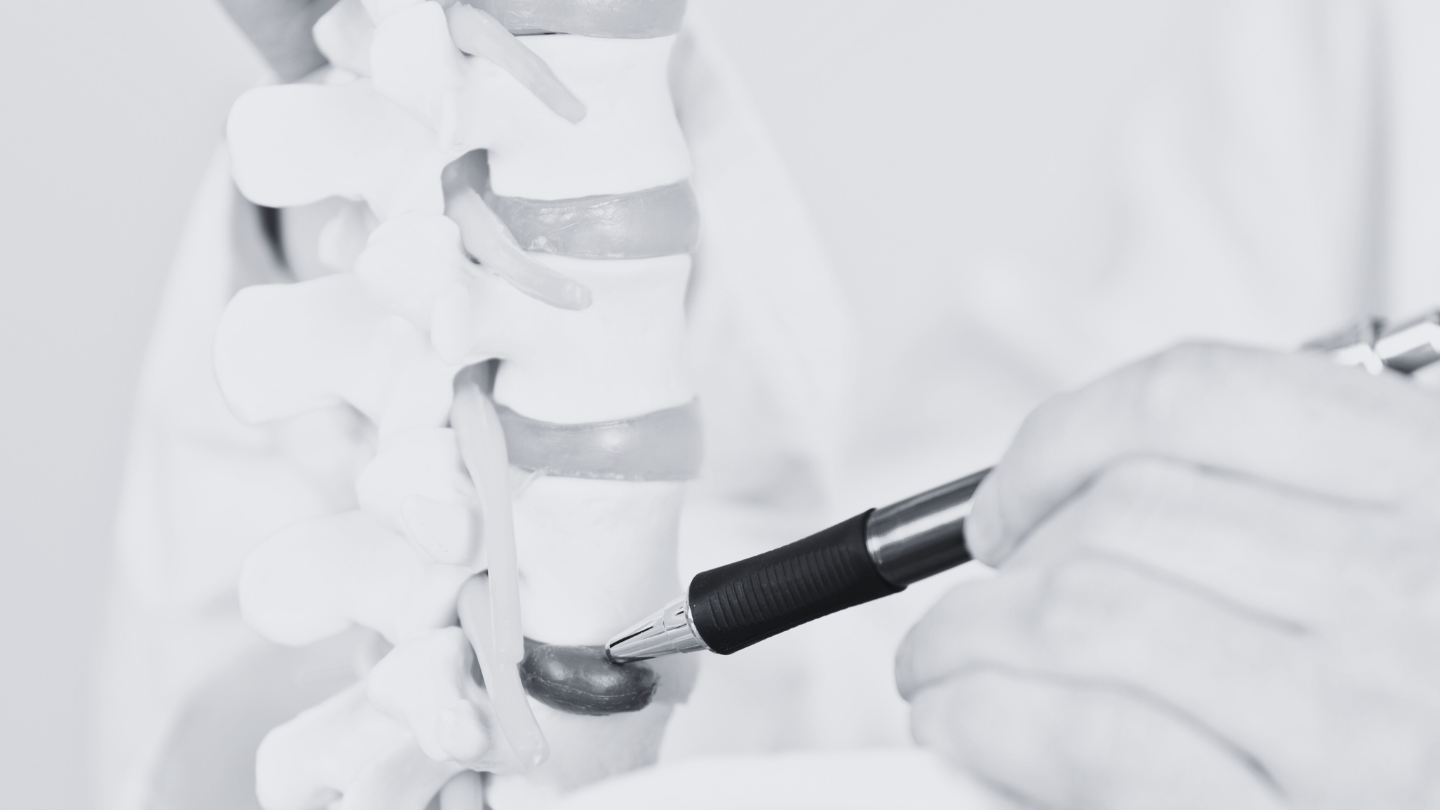Scary Scan, Sore Back (and Leg!) – What Now?
Right. So you’ve been told you have a lumbar disc herniation. Maybe you’ve even seen the scan – that blob pushing out where maybe it shouldn’t. And yeah, you’ve probably got the back pain, maybe that delightful sciatica shooting down your leg, making life in North Lakes a bit miserable right now. The story often goes: “Disc pushes on nerve, nerve gets angry, you get pain. Simple.”
But… is it really that simple?
Scans, Symptoms, and The Wobbly Link
First up, let’s be clear what a lumbar disc herniation technically is: one of those spinal shock absorbers (discs) has sprung a leak, and some inner stuff has poked out. Sometimes, this can irritate a nearby nerve. Keyword: sometimes.
Here’s the kicker loads of research shows: plenty of people walking around North Lakes right now, completely pain-free, have herniated discs showing up on an MRI. Equally, someone can have epic pain with only minor changes on their scan.
So, while the scan gives us some information, it doesn’t tell the whole story of your pain experience. Pain is way more complex than just a simple mechanical pressure problem.
Did You Know?
- Finding a disc bulge or herniation on an MRI in people without back pain is incredibly common, especially as we get older. It can be more like grey hair than a sign of definite injury.
So Why Does It Hurt So Much Then? Unpacking the Pain Experience
If the herniation itself isn’t the only factor, what else is going on? Your pain experience is influenced by a whole cocktail of things:
- Nerve Sensitivity: Yes, that disc material might be chemically or mechanically irritating a nerve, making it extra sensitive.
- Inflammation: Local inflammation around the disc and nerve can contribute.
- Protective Responses: Your body might be creating muscle guarding (spasm) as a way to protect the area – helpful initially, but sometimes hangs around too long.
- The Brain’s Interpretation: How you feel about the pain matters. Fear (“My back is damaged!”), stress, anxiety about the future, poor sleep – these factors can dial up the nervous system’s sensitivity, making pain feel worse or last longer. Beliefs about fragility vs. robustness play a huge role.
- Movement Habits: Avoiding movement out of fear can sometimes hinder recovery.
The causes of lumbar disc herniation (often a combo of wear-and-tear plus maybe a specific loading event) are one piece, but how your whole system responds is crucial.
Physio: Not About “Fixing” the Disc, But Helping YOU Adapt
So, if we’re not just “popping the disc back in” (which isn’t really how it works anyway), what’s the physiotherapy approach at our North Lakes clinic, viewed through this lens?
It’s about being a detective and a coach, focusing on you:
- Making Sense of It: We listen. What makes your pain better or worse? What are your concerns and goals? We help you understand the diagnosis without unnecessary fear.
- Calming Things Down: Finding ways to reduce the threat and sensitivity. This might involve specific movements that you find relieving, manual therapy used judiciously to modulate pain, and education to reduce fear.
- Graded Exposure & Movement Exploration: Instead of just prescribing generic exercises for lumbar disc herniation, we help you find comfortable ‘entry points’ to movement. Then, we gradually reintroduce activities and loads you’ve been avoiding, building your confidence and your tissues’ capacity to handle stress. It’s about exploring movement options, not finding one “perfect” way.
- Building Robustness: Getting you stronger and more adaptable overall, particularly focusing on movements relevant to your life.
- Load Management: Helping you find that ‘Goldilocks zone’ – enough activity to encourage adaptation, but not so much that you flare things up excessively.
Did You Know?
- Pain doesn’t always mean harm. You can have pain even when tissues are healing, often because the nervous system has become temporarily overprotective. Physio helps retrain this.
- Your body is incredibly adaptable. Discs can heal, herniations can shrink over time, and your system can learn to tolerate load again. Movement helps facilitate this adaptation.
No Magic Wands, Just Sensible Strategies
Effective treatment for lumbar disc herniation and sciatica treatment isn’t usually about passive fixes. It’s an active process. Recovery takes time, consistency, and your participation. Our job as physios is to guide you, help you understand your body and pain, and empower you with strategies to get back to living your life in North Lakes.
Ready to move beyond the scan report and focus on your recovery?
Let’s figure out what’s going on with your unique situation and build a sensible plan together.
Don’t let a diagnosis define you. Let’s get you moving and feeling better.

